Have house prices hit the bottom?
‘We believe the RBA’s hawkish shift risks up-ending this budding optimism, seeing prices decline further,” they wrote. “Indeed, we now see too much downside risk to our long-held forecast of a 15-20% peak-to-trough fall in house prices and downgrade to a 20-25% correction.’
It makes a good headline for the mainstream — and I’m not saying it can’t happen.
Changes to government and monetary policies always have the potential to interrupt the cycle locally.
In fact, if anything, it looks like the market could plateau out in the months ahead.
- Since mid-2022 (no matter which data agency you follow), clearance rates have tightened.
Sydney’s preliminary clearance rates (as recorded by Domain) have been pushing into the 70s. That’s a marked increase from last year. - There’s a lot of huff and puff about clearance rates being overinflated due to agent misreporting — and those arguments carry credence. There’s always a significant number of results missing from the data.
- However, despite this, shifts in the auction clearance rate have always been a leading indicator of changes to median prices.
- They give a solid indication of the heat in the market. If the CR continues to hold at higher levels, prices should start to push into positive territory later this year.
- Stock on the market remains low, and there’s no indication of a flood of new listings to tip the balance of supply and demand.
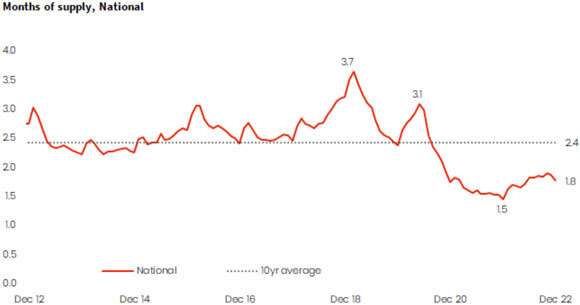.jpg)
Source: CoreLogic
Through the December quarter last year, the number of home sales was estimated to be 27.3% lower than at the same time in 2021 and 6.6% below the previous five-year average.
- The government has lifted the overseas migration target from 160,000–200,000 per annum, and immigration is rocketing to record levels.
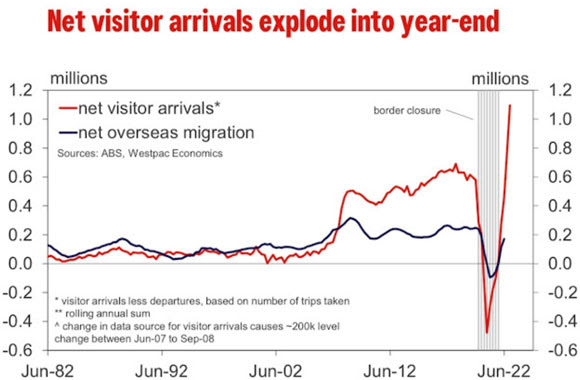.jpg)
On the ground, not only are there not enough properties for long-term lease to moderate rental rises with record low vacancy rates nationwide — but now there’s a hint that, in some areas, there may not be enough stock on the market to meet any increase in buyer demand.
.jpg)
Considering all the above, it's not surprising that the latest CoreLogic data shows that the home price index only fell 0.1 per cent nationally in February.
That's the smallest fall since May 2022.
Furthermore, Sydney home values actually rose for the first month since January 2022!
‘" believe the markets can recover, and they’ve been showing some signs of recovery, such as the modest rise in auction clearance rates and asking prices, even while we’ve had these cash rate increases…..given the surge in the economy that accelerated wage increases, I believe that will create grounds for a housing market recovery, ]or at the very least, a situation where the housing market would stop falling.
"Sydney is expected to lead the recovery driven by the surge in underlying demand for residential property and its diverse economy…
"Sydney is capturing the lion’s share of net overseas arrivals, people are coming back from the regions and returning into the office environment and the taxation changes made by the NSW government will encourage first-time buyer activity." Louis Christopher
Early indicators certainly suggest Louis’ base case could be playing out.
However, as per his recent comments on Twitter, there’s still a lot of uncertainty to navigate.
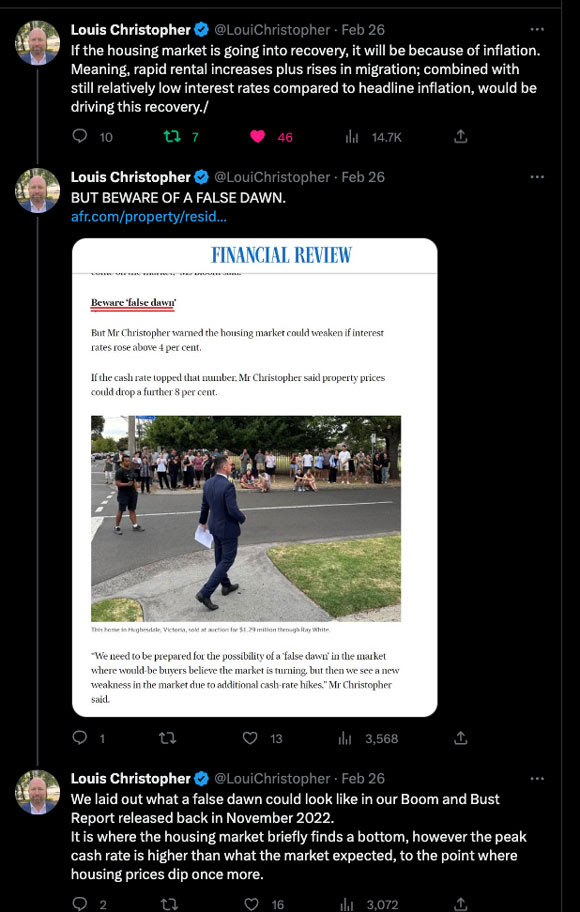.jpg)
Housing turnover a leading recessionary indicator
As a percentage of total housing stock, it’s currently falling. Take a look:
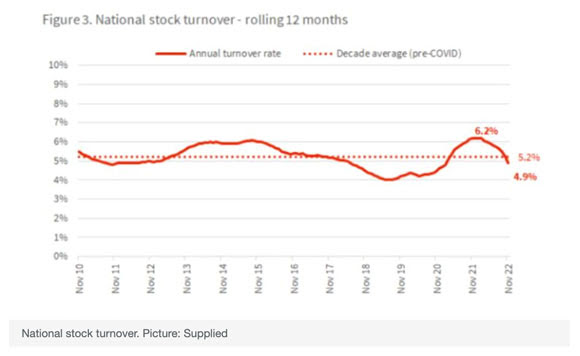.jpg)
In other words, there’s a reduced number of buyers in the market, which has a roll-on effect to the FIRE sector (finance, insurance, and real estate), which accounts for a large proportion of the economy.
It has proven to be a very reliable indicator of economic recessions some 12–18 months in advance.
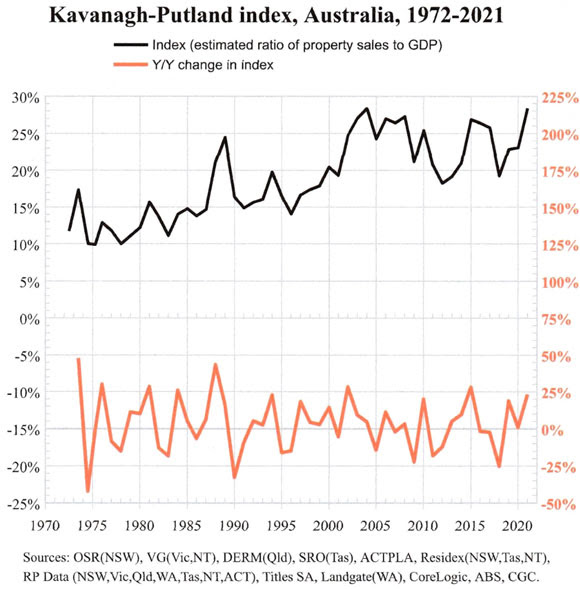.jpg)
As mentioned, the KP Index shows that recessions usually occur within 12–18 months of the year-on-year index declining by 25% or more (noted from the right-hand axis).
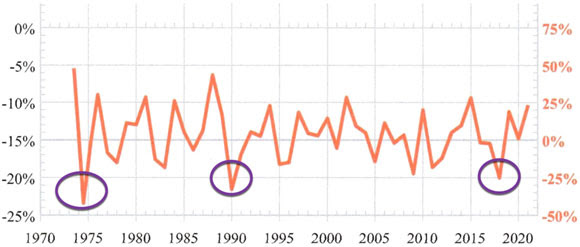.jpg)
You can see it did this prior to the 1970s and 1990s recessions.
So when we do update the chart, I don’t expect any change to the overall forecast just yet.
However, if the updated chart in March shows otherwise, it could indicate an earlier peak to the cycle than expected.
Why so, considering rates are forecast to rise even further?
Time will tell.
If you’re interested in learning more, I’d like to invite you to join Catherine Cashmore’s Land Cycle Investor. Designed to give Australian investors access to the secret knowledge that sits behind the 18.6-year land cycle and demonstrate how they can best take advantage. Click here to learn more.
5 topics

Catherine Cashmore has been working in the Australian real estate industry for over 15 years. She is editor of Fat Tail Investment Research - Cycles, Trends, & Forecasts and Land Cycle Investor – publications that teach real estate and stock...
Expertise

Catherine Cashmore has been working in the Australian real estate industry for over 15 years. She is editor of Fat Tail Investment Research - Cycles, Trends, & Forecasts and Land Cycle Investor – publications that teach real estate and stock...
